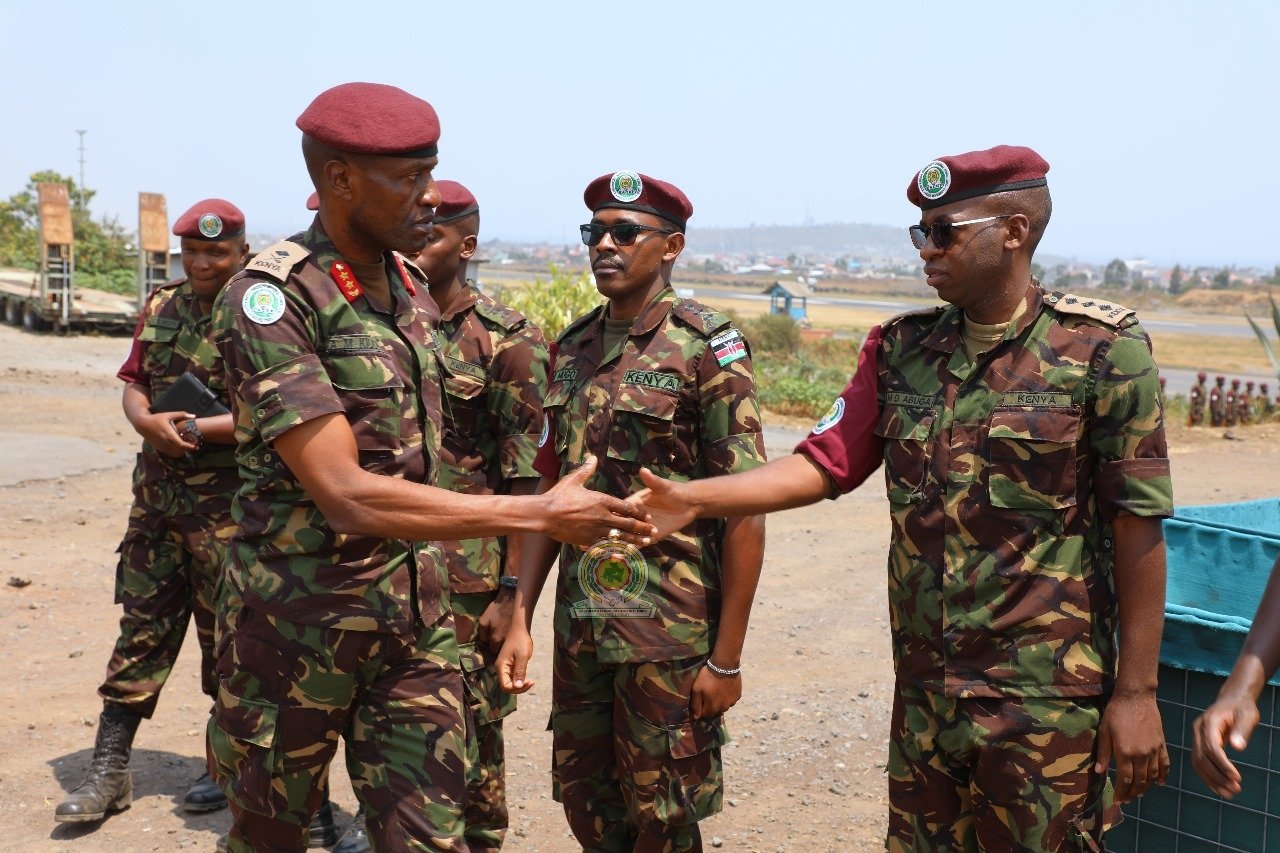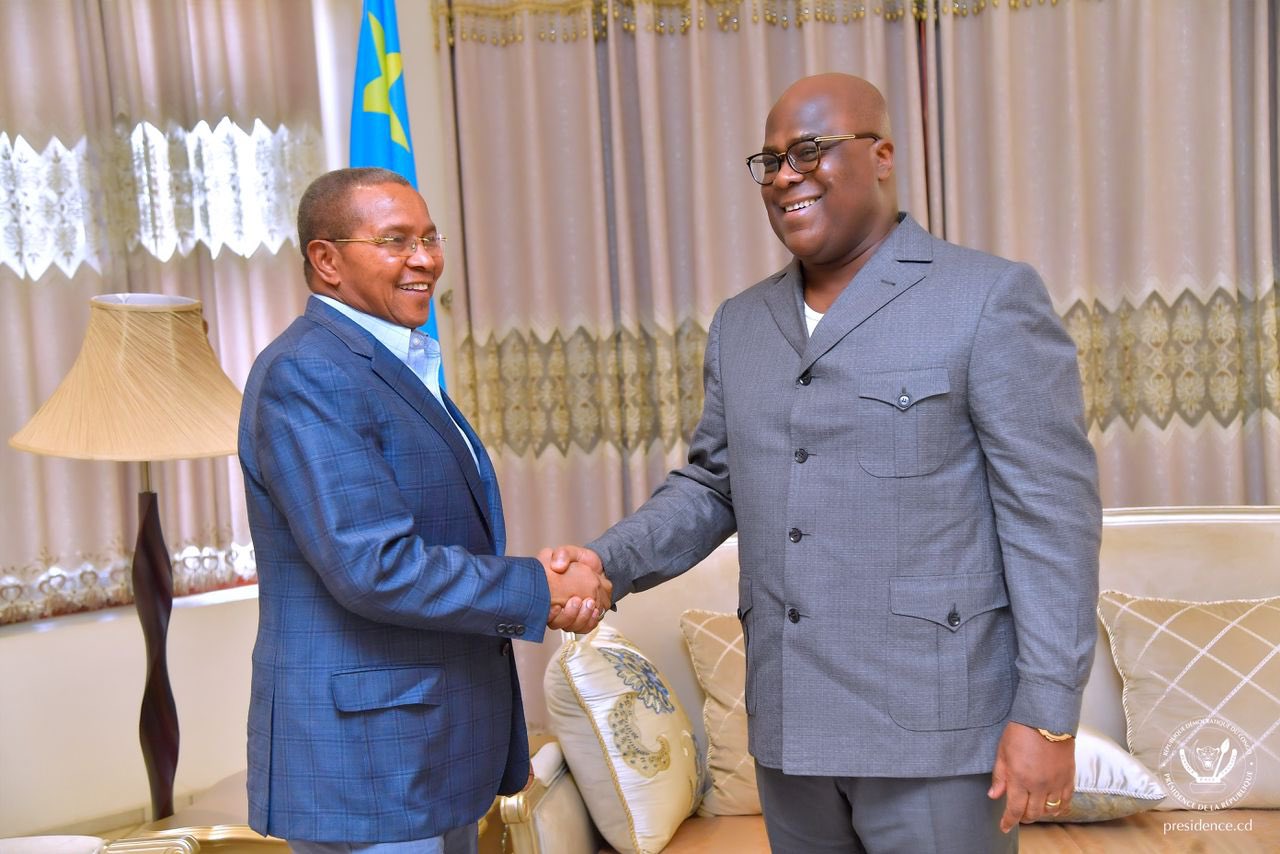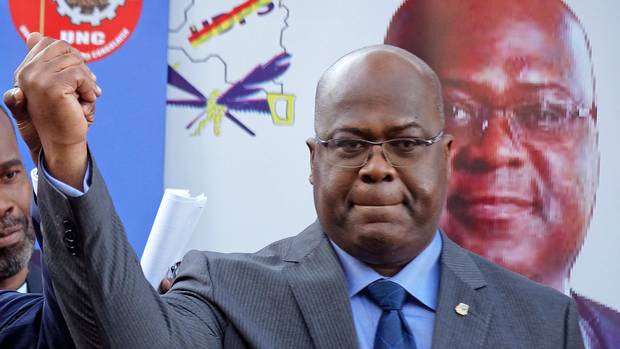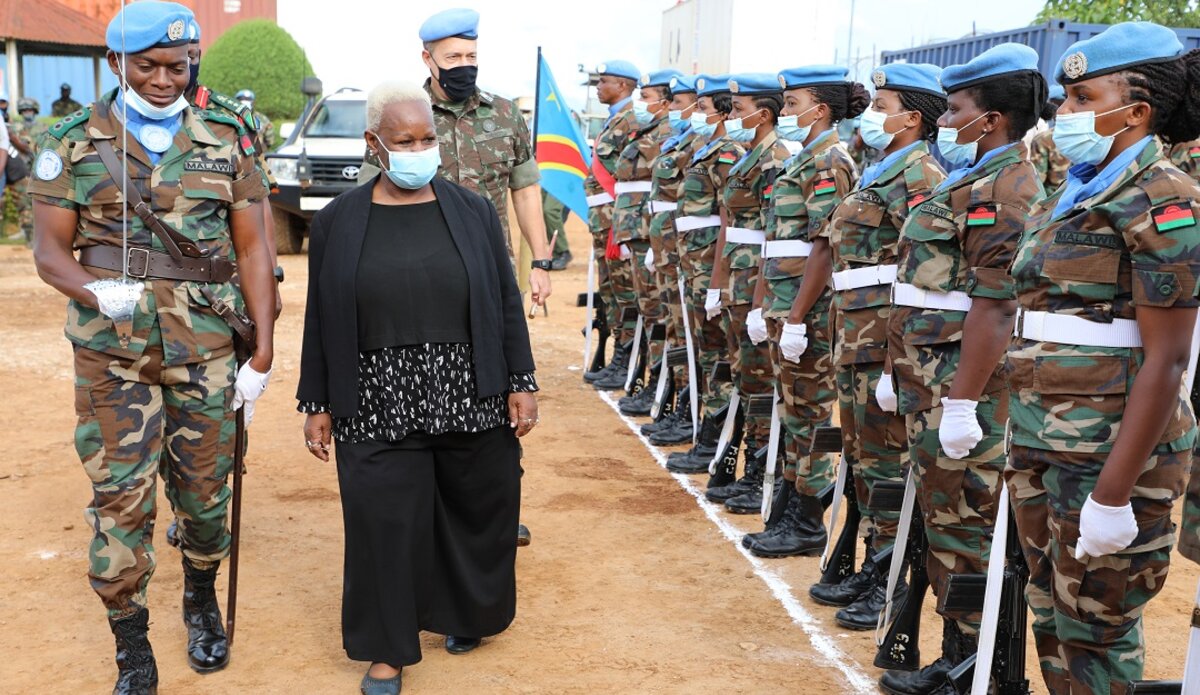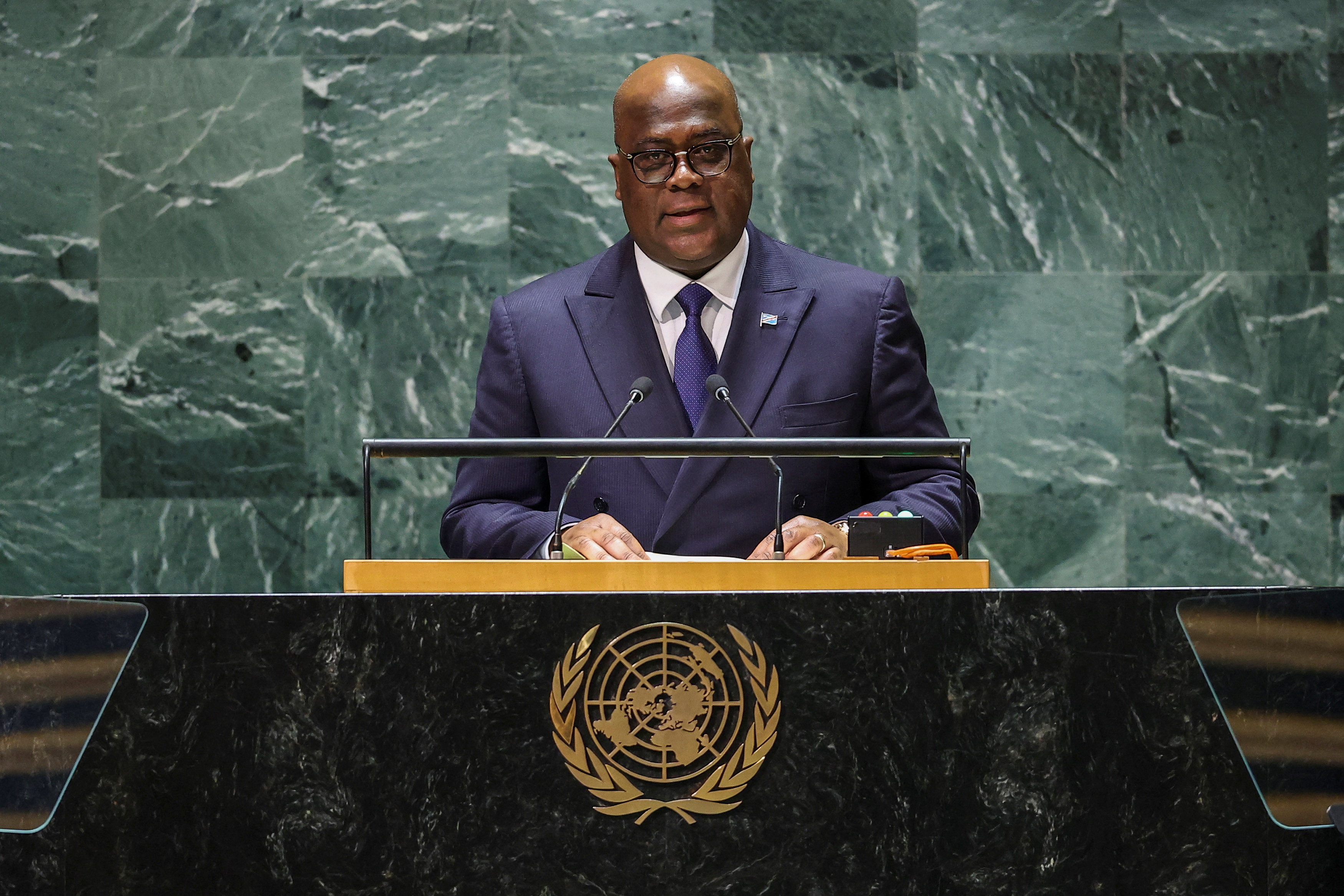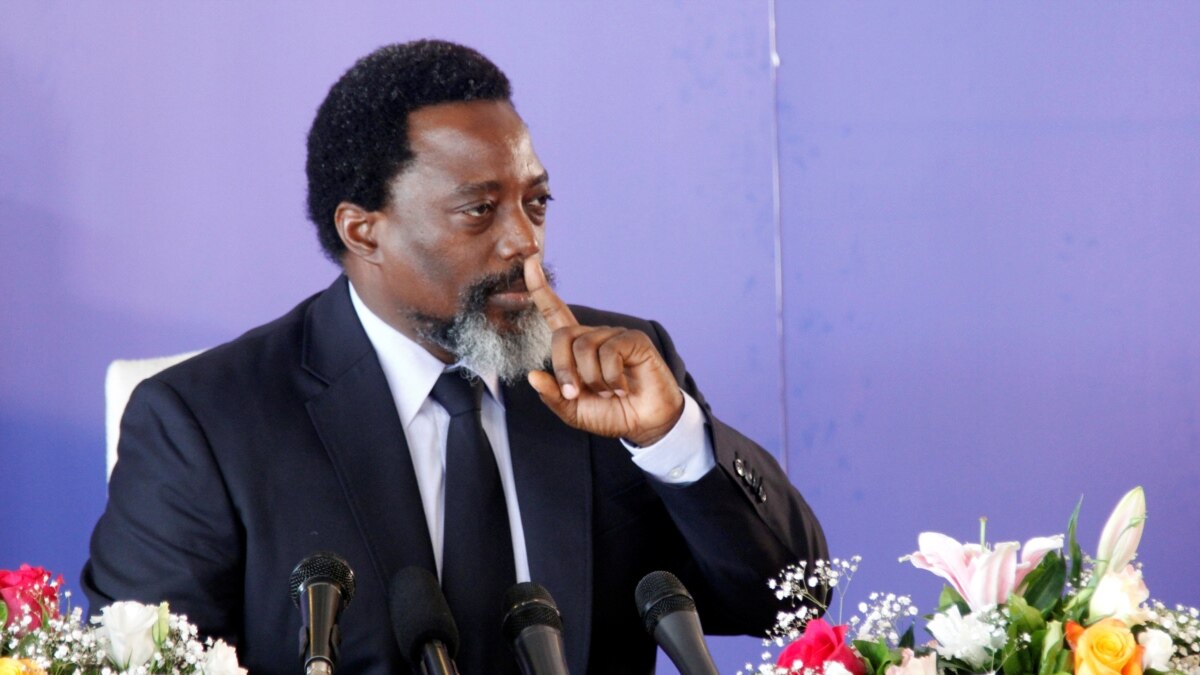Regional
Tshisekedi’s penchant for chaos, war taking a toll on EAC regional force
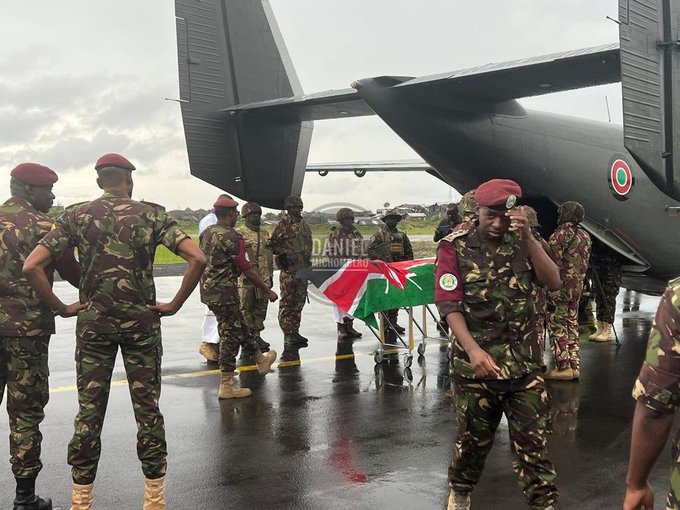
The body of a Kenyan soldier who was killed by a mortar shell launched in the base of EAC forces in Kibumba, being sent home.
For
more than two decades, the Democratic Republic of the Congo (DRC) has been
grappling with insecurity especially in its eastern region.
When
the country formally joined the East African Community (EAC), in April 2022,
regional leaders wanted to offer assistance. That’s why during their meeting
held on July 22, 2022, in Arusha, Tanzania, the EAC Summit directed to
expeditiously deploy a joint regional force in eastern DRC to restore peace and
security.
The
troop-contributing countries; Burundi, Kenya, South Sudan and Uganda, deployed
their contingents to eastern DRC and, despite all the challenges, made
tremendous progress in efforts to restore peace and stability.
But
they inadvertently became pawns in a campaign of hostility fueled by the Congolese
government.
Propaganda
against the East African Community Regional Force (EACRF) initiated by
Congolese President Felix Tshisekedi himself, has continuously threatened their
determined efforts to restore peace and stability.
Tshisekedi
viewed the presence of EAC Regional Forces as an unwelcome intrusion, and made
no effort to hide his disdain. His first display of aggression was directed at
Kenya when he criticized the then EAC Regional Force Commander, Maj Gen Jeff
Nyagah, in the presence of President William Ruto during an EAC Summit in
Bujumbura, in April 2023.
Tshisekedi
accused Kenya of failing to attack the M23 rebels, even though it was not
within the EACRF's mandate. Fearing for his safety, Maj Gen Nyagah resigned
from his position after being threatened.
Tshisekedi's
attacks did not end there.
During
a visit to Botswana, he baselessly accused EACRF of associating with M23
rebels.
"Today,
in certain regions, there is a cohabitation that we have noticed between the
contingents of the regional force of Eastern Africa and the terrorists of M23,
which was not the plan," the Congolese President told journalists in
Botswana.
Following
the inflammatory rhetoric from Congolese leaders, three EACRF soldiers were
attacked. Two Ugandan soldiers were seriously injured, and a Kenyan soldier
lost his life at the hands of armed groups allied to the Congolese armed
forces.
Adding
fuel to the fire of hatred was Justin Bitakwira, a close ally of President
Tshisekedi, who derogatorily referred to Ugandan and Kenyan armies as
"snakes" seeking to impose the Hima Empire in DRC.
Surprisingly,
Bitakwira was full of praise for the EACRF contingent from Burundi.
To
date, anti-EACRF propaganda and hostility continues and it is taking a toll on
EACRF soldiers.
On
October 24, a soldier from the EAC regional force died following shelling from
the Congolese national army base.
The
venomous rhetoric against the regional force was not limited to individuals
like Bitakwira.
Tshisekedi's
government openly endorsed and organized anti-EACRF protests in Goma, capital
of North Kivu Province, defying the peace processes initiated by regional
leaders during various meetings in Luanda, Angola and Nairobi, Kenya.
This
was a clear act of hostility, with Tshisekedi hoping to provoke the deployment
of SADC forces with a mandate to combat the M23 rebels.
Nonetheless,
Tshisekedi's grand plan faced resistance as some SADC countries hesitated to
deploy their forces, recognizing that the root causes of insecurity in eastern
DRC were more complex than simply fighting a single rebel group - M23.
In a
region longing for peace and stability, the battle extended beyond armed groups
to combat the divisive rhetoric and hate speech being spread by Tshisekedi and
his allies.
The
EAC Regional Force is now facing the consequences of Kinshasa’s propagated hate
speech, and the pursuit of peace in eastern DRC remains a distant dream.



